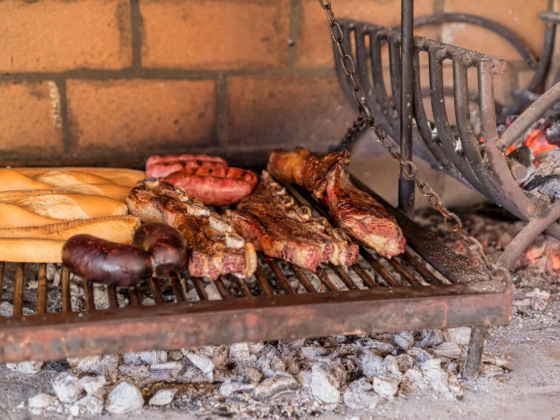As soon as the weather is nice enough to light a fire and chill outdoors for hours on end, Americans look to the barbecue. But it’s far from just a US pastime. Barbecue is made around the world in many different styles. Some cultures barbecue inside restaurants while others barbecue in free-to-the-public grills in parks. Others still see barbecue primarily as inexpensive, on-the-go street food.
These are the best barbecue cultures around the world.
Editor’s note: We’re defining barbecue as cooked over charcoal or an open flame, which leaves out styles like underground pit roasting and tandoors because they can be more oven-like.









